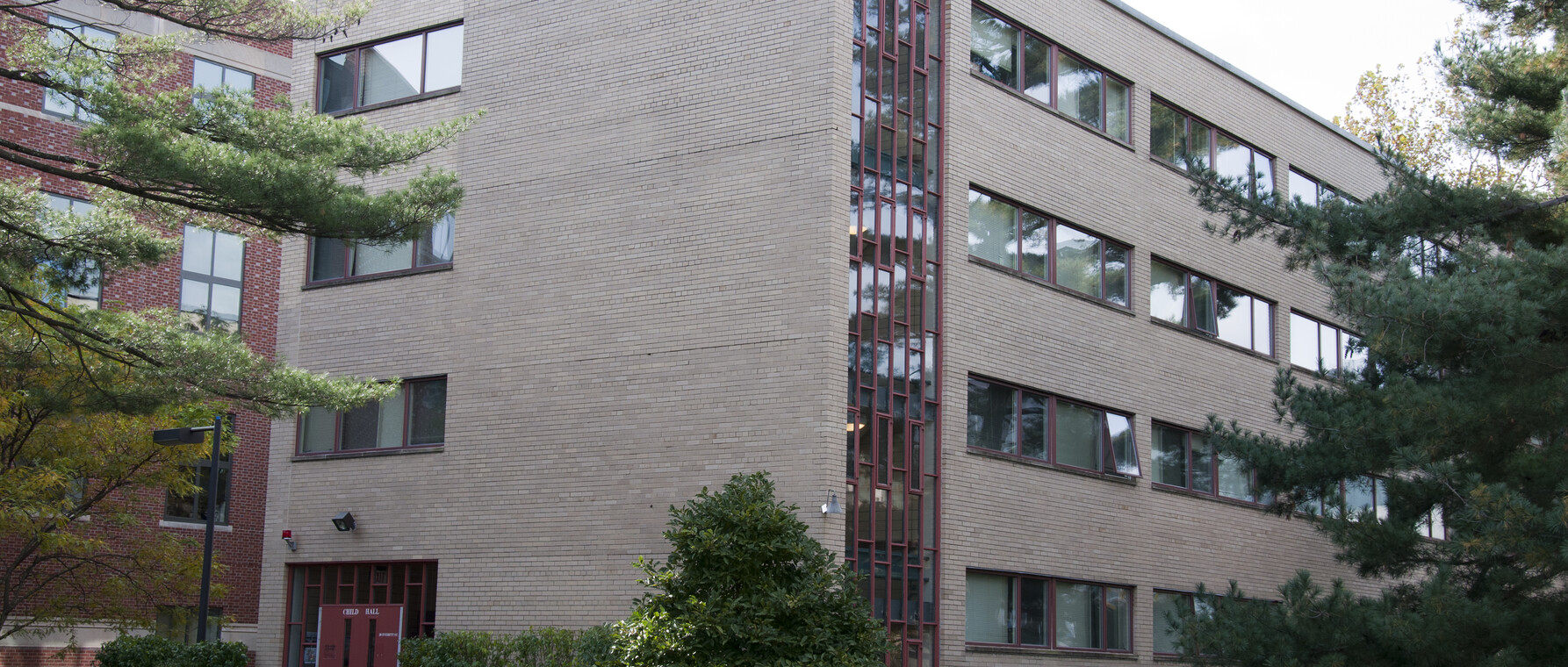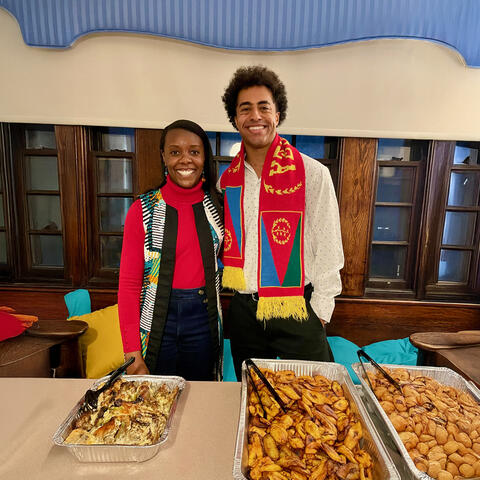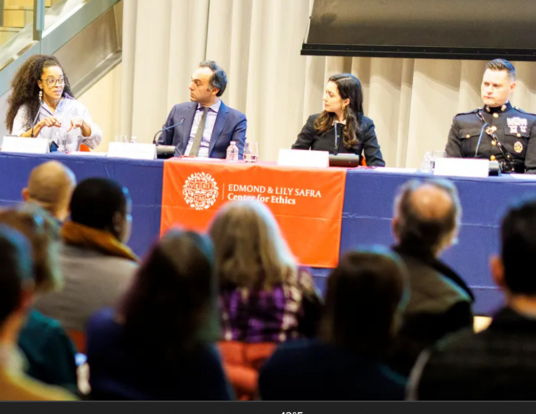The History of the GSAS Residence Halls
Notes from the Dudley Underground

Graduate students have been living on the Harvard campus since the early 1900s. On April 13, 2018, GSAS is celebrating its four residence halls with a special reunion event to commemorate the 125th anniversary of the construction of Perkins and Conant Halls, which takes place the day before the annual Alumni Day celebration.
The four buildings are grouped by era and architectural style: Perkins and Conant are in the late-19th century Georgian Revival style, while Child and Richards Hall are in the mid-20th century Bauhaus style. Each hall plays a unique role in Harvard’s history.
Perkins and Conant Halls
Perkins is the oldest GSAS residence hall, built in 1893. Local architects Sheply, Rutan, and Coolidge gave Perkins fine details, brick corridors, and wide, iron staircases. Catharine Page Perkins, widow of an oil tycoon, funded the construction in memory of her husband’s family. Perkins originally housed Harvard College undergraduates.
Just across the street from Perkins Hall, Conant Hall was constructed a year later, forming a “gateway” to Harvard’s North Yard. Designed by the same architects as Perkins Hall, the building was funded by Edwin Conant, Harvard College class of 1829, a prominent philanthropist from Worcester, Massachusetts. Conant Hall also originally housed undergraduate students.
At the turn of the century, the Harvard Crimson announced that the first payphones at Harvard would be installed in the vestibules of Conant and Perkins Halls by the New England Telephone and Telegraph Company. While the phones are long gone, current Perkins residents must wonder about the purpose of the wooden box that remains near the entrance.
In 1906, Conant was converted into a residence hall for graduate students, which included a small kitchen and a common room designed to accommodate graduate student organization meetings. A Harvard Crimson article from December 20, 1905, describes the amenities: an exercise room and a court for fives (a sport similar to handball) in the basement; steam heat; electric lights. Room rates were set to entice applicants: single rooms ranging from $60 to $120 and double rooms from $150 to $210 for the academic year.
In 1920, a disciplinary tribunal was created to investigate homosexual activity in Perkins Hall that occurred in the early 1900s. This controversy and the University’s response would later become known as the Secret Court of 1920. This secret wasn’t brought to light until eight decades later, when the Harvard Crimson published an article about it in 2002.
During World War II, Harvard University was home to the Army Chaplain School, which provided Jewish, Catholic, and Protestant chaplains with an intensive 28 day training in military life so that they could better serve soldiers as spiritual advisors. The chaplains, who were housed in Perkins and later Conant, studied military law, map reading, and defense against chemical warfare, additionally taking part in drills and physical exercise. In total, 450 chaplains lived in Perkins Hall while attending the Army Chaplain School.
Child and Richards Halls
In 1948, 11 years after beginning his tenure at the Graduate School of Design, the famous modern architect Walter Gropius and his firm, The Architects Collaborative, were chosen to design Harkness Commons. The commission was to create a social hub for graduate students using economical design.
On October 6, 1950, after two years of construction, “Harkness Commons” or “Graduate Center Commons” was dedicated and named for Edward S. Harkness—a Yale alumnus who donated $13 million to Harvard, which included the seed money for the Harvard House system. Harkness refused to allow his name to go on any building at Harvard during his lifetime; however, before she died, his widow gave permission for his name to be used. The Commons included a dining hall, recreation rooms, and seven residence halls named for prominent men who were affiliated with Harvard as students or teachers.
Gropius’ design marked a transition in US university architecture from traditional to modern functional design. As Gropius said, “There is no finality in architecture—only continuous change.” The New York Times noticed the functional design in 1948 and announced, “Harvard decides to ‘Build Modern’.”
First known as “Dormitory G,” Child Hall was constructed on the Jarvis Yard, the location of the first American football game, which took place in 1874. Later, the building was called William James Hall after the famous psychologist, then renamed for Francis J. Child, the Boylston Professor of Rhetoric and Oratory at Harvard, when the new William James Hall opened on Kirkland Street in 1965.
Also built in 1950, Richards Hall, originally “Dormitory F,” was named after Theodore Richards, the Erving Professor of Chemistry at Harvard, who earned an AB from Harvard College in 1886 and a PhD in 1888 before winning the Nobel Prize in Chemistry in 1914. Together, Child and Richards Halls housed 184 men from the Graduate School of Arts and Sciences and the schools of design, education, and public administration.
On the lawn behind Richards Hall sprouts a 27-foot-tall steel sculpture by artist Richard Lippold named “World Tree.” From the trunk of the sculpture grows the main branches representing the four compass directions. A Harvard Crimson article from 1951 states that the sculptor wants viewers to “enjoy it!” The artist also recommends polishing it at the vernal equinox with a specific cleaner and hopes that the sculpture will “not resent being inhabited by one or more contemplative beings.”
Today, the GSAS residence halls are home to over 400 graduate students from GSAS, the Graduate School of Design, the Harvard Graduate School of Education, and the Harvard Kennedy School. In addition, there are 16 resident advisors who provide support and organize events and programs for the community. These buildings, like so many others at Harvard, share past architectural styles and hold rich histories while also providing the settings for current work, fun, and innovation.
Get the Latest Updates
Join Our Newsletter
Subscribe to Colloquy Podcast
Simplecast





